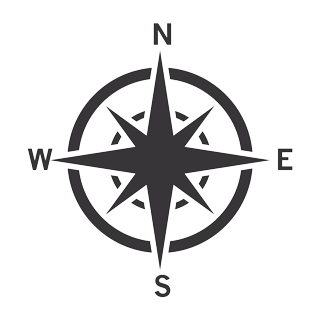




Jökulsárlón is the most famous glacier lagoon in Iceland and many refer to it as the crown jewel of Icelandic nature. It is,indeed, incredibly breathtaking and also the most unique of all the glacier lagoons in Iceland. Jökulsárlón is connected to the sea via a narrow channel, therefore its water is more clear and bluer when compared to other glacier lagoons. What also makes Jökulsárlón different from other lagoons is the shape and the size of the icebergs. Due to its direct connection to the sea, most of the icebergs do not spend much time in the lagoon itself. They float across it, following the gentle current to the ocean. At other lagoons, there is no way out for the icebergs, so they become stranded in the lagoon and disappear gently. This means that you will see much flatter icebergs at lagoons other than Jökulsárlón.
How Glacier lagoons change?
Glacier lagoons never look the same. They vary in size, water color, and the size and quantity of the icebergs that they contain. The seasons, air temperature, and wind affect the melting speed as well as the movement and appearance of the icebergs. The appearance of a glacial lake can change completely overnight.